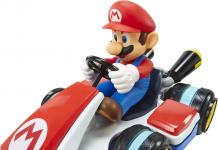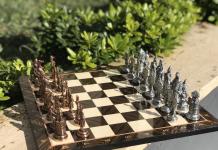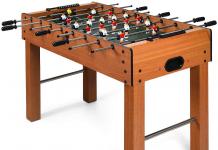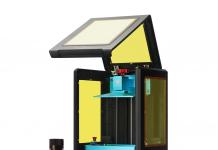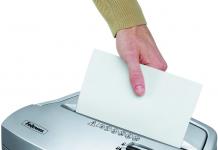NFC rings have proven to be very convenient to use, as they can save people a lot of time. The NFC Ring 2016 range is already at its second generation, and brings many improvements over the initial models.
Back in 2013, John McLear turned to Kickstarter to get the first generation NFC Ring funded. The product was considered very appealing, and the crowdfunding campaign was a major success, with backers pledging more than 8 times the funding goal. The developer still considered that the NFC Ring could be improved, and two years later emerged with the NFC Ring 2016 range.
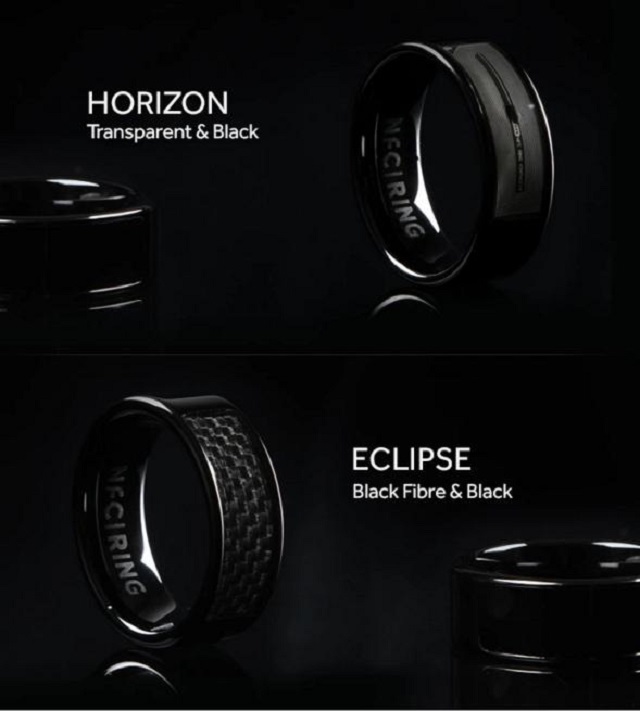
Here is the developer’s description of the products:
“Have you ever wanted an easy way to share your contact details without having to scrabble around for a pen and paper, or dig your phone out of your pocket? Have you ever wondered why we rely on easily-lost physical keys in today’s digital age? Are you a firm believer that the future of technology is wireless?
The NFC Ring combines fashion and technology into one seriously smart wearable. Adorning a finger, the NFC Ring doesn’t look out of place in the office, the home, or the even the catwalk, but its attractive exterior belies its true power.
A pair of Near Field Communication (NFC) radio tags, compatible with everything from smartphones and tablets to door locks and time and attendance systems, lie just beneath the surface. Using the bundled NFC Ring Control software – or, if you’d prefer, any third-party NFC writing application – you can store your own data on the ring’s tags, completing tasks in the wave of a hand that would previously have required far more complex interactions.”

As before, the NFC Ring can unlock smartphones, computers, and door locks. But now it features two independent NFC tags, that can be programmed to act as a two-factor authentication system, or can store contact information in Vcard format.
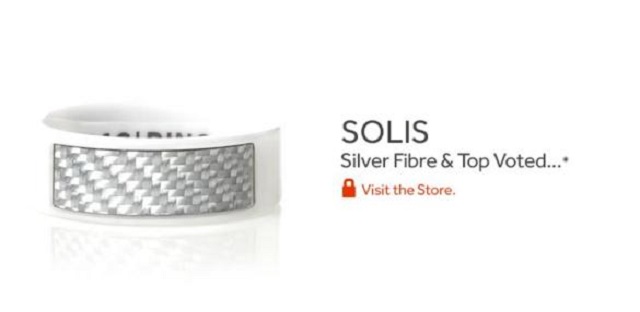
There are also changes in the design of the products, with each member of the range having its own visual and structural characteristics. Horizon is transparent and black, whereas Eclipse is available in black and black fiber. Helios is also transparent, but lighter, while Solis comes in silver fiber. Not at last, Alpha Eclipse, will be sold in black and black fiber.
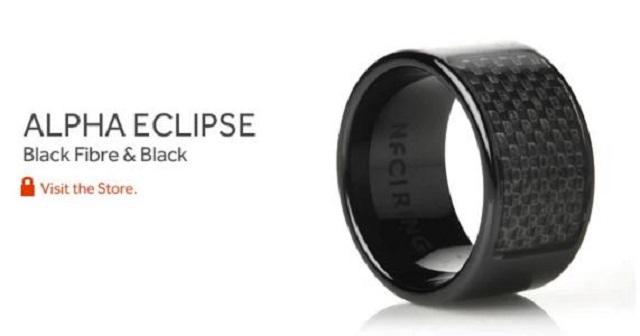
John McLear looks to raise £57,000 (around $86,000) on Kickstarter by October 22, and the campaign looks very promising, as at the time of writing, the project was already more than half way there. This probably stands to show that the world cannot get enough NFC rings, and that improving on a previous generation proves the manufacturer’s involvement and confidence in the development of the product. Mclear even enables backers to 3D print their own NFC Ring for a small pledge. The others will have to back the project to get one of the 2nd-gen NFC wearables.
Be social! Follow Walyou on Facebook and Twitter, and read more related stories about the Tuit Security ring that uses NFC to unlock your smartphone, or the FingerReader ring that turns text to voice in real time for the blind.
[via Kickstarter]

